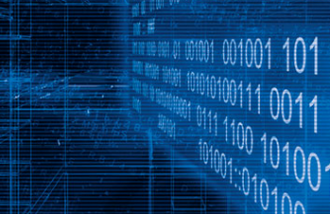UNIK4190 - Information theory and error control
| Wiki for ITS | ||||||
|---|---|---|---|---|---|---|
|
UNIK4190 - Information theory and error control
| UNIK4190 | |
|---|---|
| News | the course is given in spring |
| Organisation | UNIK |
| by | Torleiv Maseng |
| Keywords |
|---|
| Abstract | The course provides a deep insight into technologies for efficient communication, and explains coding and modulation for mobile and wireless systems. |
|---|---|
| Objective (max 350 words) | |
| Keywords | Power, bandwidth, channel capacity, Mobile Systems, Receiver, Error correction, Shannon theorem |
| Research Area(s) | Security, Network technology |
| Type of course | Master |
Edit the page by Special:FormEdit/Course/UNIK4190.
To add new lectures, use: Add a lecture
About
Communications and information theory is the foundation upon which many commercial and profitable activities in society have been designed. Communications systems form the infrastructure of our society. As a result, the competition for finding the good solutions changing they way we do business is hard and has attracted brilliant minds of though throughout the world. What has been a hot topic has constantly changed and given rise to many schools of thought. Some of these have faded away and been replaced by others. Which disciplines are the winners, is just obvious after some time. It is my ambitions with this book to give my opinion on what is everlasting and important results for practical implementation.
Bandwidth is a scare resource. In the beginning, it was plenty. Then came radio, TV, mobile systems and new digital systems. Low frequencies are able to penetrate obstacles better than high frequencies. Therefore low frequencies are more popular because fewer transmitters are needed for area coverage and are often called the best. The systems which came first, got the "best". Which services that need the best frequencies most, are an important political decisions to be taken since they influence the availability of highly needed public services.
In order to make the most out of the frequency bands and in order to improve communication in such a way that information can be understood and appreciated, this book is written. This book is written for those who are involved in communication in the wide sense, who are searching for new ways of using information theory.
